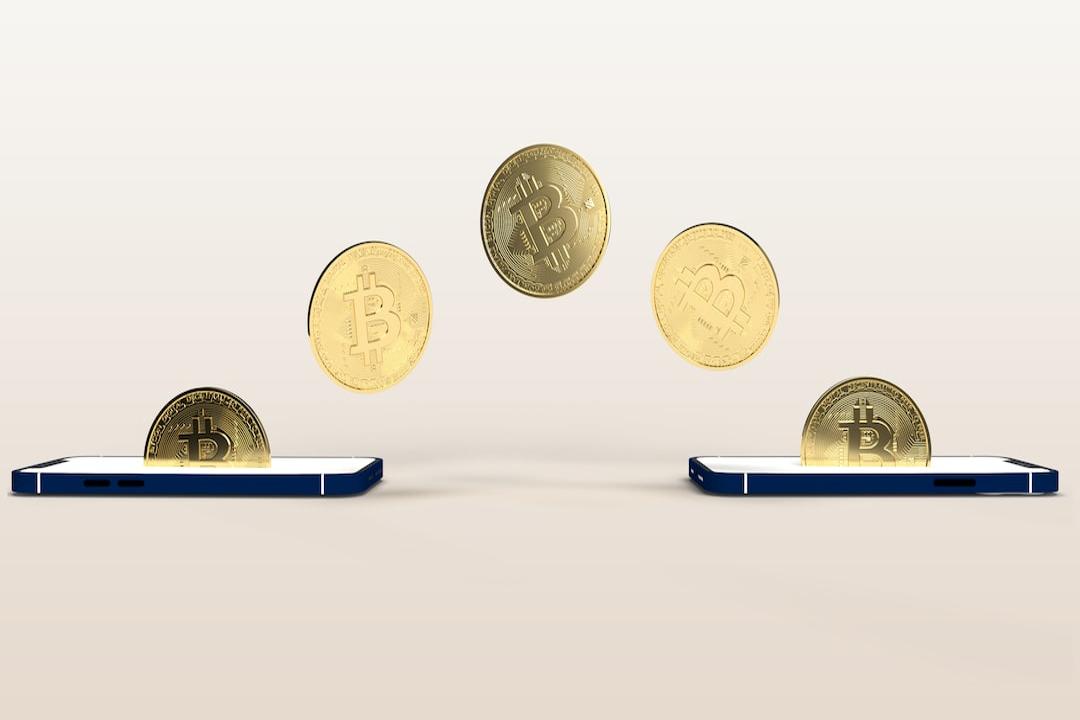A professional analyst explained when BTC can grow to a level comparable to the US dollar (USD) based on the historical adoption curve.
In a recent article on X, analyst Willy Woo discussed the recent expectations of the financial industry regarding the original cryptocurrency asset. He mentioned, “The financial industry now sees BTC as a rapidly rising asset class. However, the current total market value of the token is only around $1.2 trillion.”
The analyst pointed out that asset classes are typically valued in the “tens of trillions” range.
Woo believes that these expectations surrounding BTC imply three things: BTC will grow at least tenfold (breaking the $10 trillion market value mark), reach a scale comparable to the US dollar, and become a reserve asset.
But when will these expectations be realized? To make an estimate, the analyst referred to the “adoption” curve of crypto assets. The following chart shared by Woo compares the adoption rate of BTC with the adoption rate of the internet.

The values on the adoption curve here correspond to the percentage of the global population currently using the asset. Woo compiled all known research on BTC and crypto asset adoption to determine the curve.
Some prominent examples include Glassnode clustering addresses as “entities” (each entity representing an investor controlling a certain number of addresses) and Cambridge validating exchange user data.
From the chart, it can be seen that the number of BTC users is equivalent to around 4.7% of the current world population. If BTC follows the S-curve development of the internet, it may still be in the early stages. If that’s the case, the number of users of this asset will start to accelerate from here.
So, how much adoption rate does a crypto asset need to be comparable to the US dollar? Woo believes this will happen when the curve enters the 25% to 40% range, which could be around 2030.
The future development of BTC’s adoption curve in the coming years, and whether it will resemble what was seen on the internet, remains to be seen.

